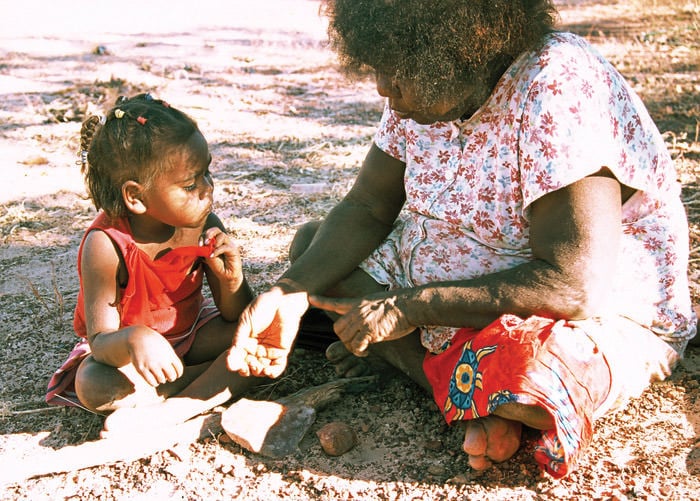This time it’s from the Productivity Commission on Indigenous Primary School Achievement. In short the research paper, released in June 2016 concludes: “Despite a long history of policy attention, no consistent improvement has been made in the literacy and numeracy achievement of Indigenous students.”
Before we get too depressed by this, and other reports on secondary school achievement, and give up, or rush to fund new programs in a wide range of areas, we should focus on the catalyst for change, reflect on the work that is succeeding, learn from it, and put our effort into scaling success.
I am not disputing the findings of this report, or others like it. But the danger is that it will invoke a sense of hopelessness. How can so much be invested for so little reward? Is this an intractable problem?
We should reflect on the report of Andrew Forrest and his Government-requested review into closing the gap in employment. The Forrest Report once again highlighted the primacy of education in breaking the cycle of Indigenous disadvantage: “...there is no disparity in employment between first Australians with a decent education and other Australians. A decent education means leaving school with Year 12 or equivalent qualifications and the ability to go on to further education and training.”
There are programs out there which are successfully addressing Indigenous education from primary to university. Not all of them are necessarily captured when consolidating figures into a national report such as Closing the Gap.
Borroloola in the Northern Territory is one of the most remote communities in Australia. The Indi Kindi program was shaped by the local community, and is run by locals. It is working with pre-schoolers and their parents so that the culture shock when they get to primary school is not so great as to deter them from attending. One hundred children are enrolled, and the neighbouring community of Robertson has adopted Indi Kindi there. A program growing organically.
Young children from the inner city suburbs of Sydney are attending Gawura a specialist primary day school housed within St Andrew’s Cathedral School. It was set up in 2007 as a collaboration between St Andrew’s and the Indigenous community of Redfern. Children at Gawura have achieved greater than the national average in NAPLAN tests. The first Gawura ‘graduate’ has gone on successfully through St Andrew’s secondary school and entered university.
The Australian Indigenous Mentoring Experience (AIME) works with secondary school children. Its goals are to increase year 10 and then year 12 attendance and progression rates to work or further education. It is achieving the same rates of school retention among its mentees as among the general population. It is mobilising university students to act as mentors for Indigenous children. The program started at The University of Sydney with 25 children. Now it operates in 100 schools using mentors from 10 universities in three States.
“High expectations” is the mantra of the Stronger Smarter Institute. It is working in more than 500 schools across the nation through 1,900 graduates of its leadership program and has directly influenced the classroom outcomes of more than 38,000 Indigenous children.
CareerTrackers is a program tackling the shocking drop-out rate of Indigenous students at university, which can be as high as 62%. Working with businesses, CareerTrackers is providing support and internships and keeping its students at university as the same rate as non-Indigenous students.
We are but one of many philanthropic foundations funding Indigenous education programs and we can point to successes like this. Programs that show, where given the right circumstances, Indigenous children can thrive at school.
Yes the numbers of children are small and many are being left behind. But let’s not think there are no solutions. There are. What is needed is the discipline to not panic and look for ‘silver bullet’ solutions. To focus attention on education as the pathway to Indigenous success. Not to be lured into funding the new at the expense of the proven. Instead let’s celebrate what is working and ask how we can help these successes be replicated and scaled around the country.
We need also to acknowledge that there is unlikely to be one answer to the issue of Indigenous children’s school education. The problems of a child in a remote community are very different from a child in a metropolitan or regional centre.
I have had the privilege of sitting in the classroom at Gawura with children proudly in their smart uniforms, and sitting on the sandy soil at a town camp in Borroloola with Indi Kindi participants. Strikingly different circumstances but the common denominator is the children and the human potential they represent.
If we focus totally on the size of the challenge and the slow progress made up until now we will become dispirited. Rather let’s focus on the bright spots and harness today’s human potential and not delay while we design new schemes, pilot test and develop them, otherwise there will be another generation of under achievement and the consequent personal and community loss this represents.


